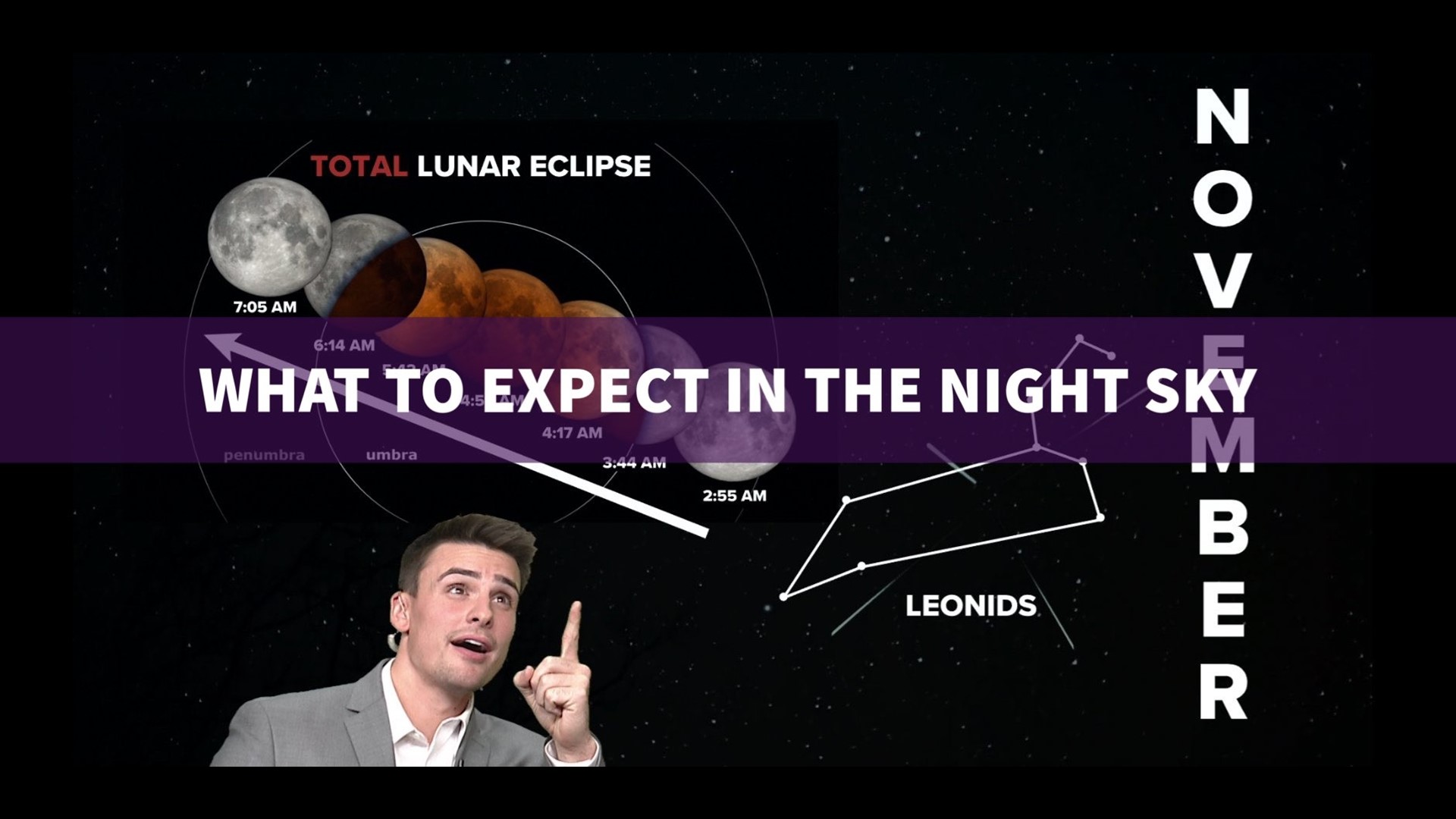ARKANSAS, USA — Even though the nights are colder, they are also longer which creates a greater time window to see cool things in the night. November's night sky will be busy with a lunar eclipse and meteor shower.
Tap HERE for the latest cloud forecast.
FULL BEAVER MOON
Ever since Halloween the moon has been waxing, getting fuller. The full moon will officially take place Monday night into Tuesday morning. It's called the "beaver" moon because generally November is the time of year beavers in the northern hemisphere take shelter in the lodging they had been working on the past several months, trying to stay out of the upcoming winter weather. Winter is coming.
- Official Full Moon: 5:02 AM CST, November 8th

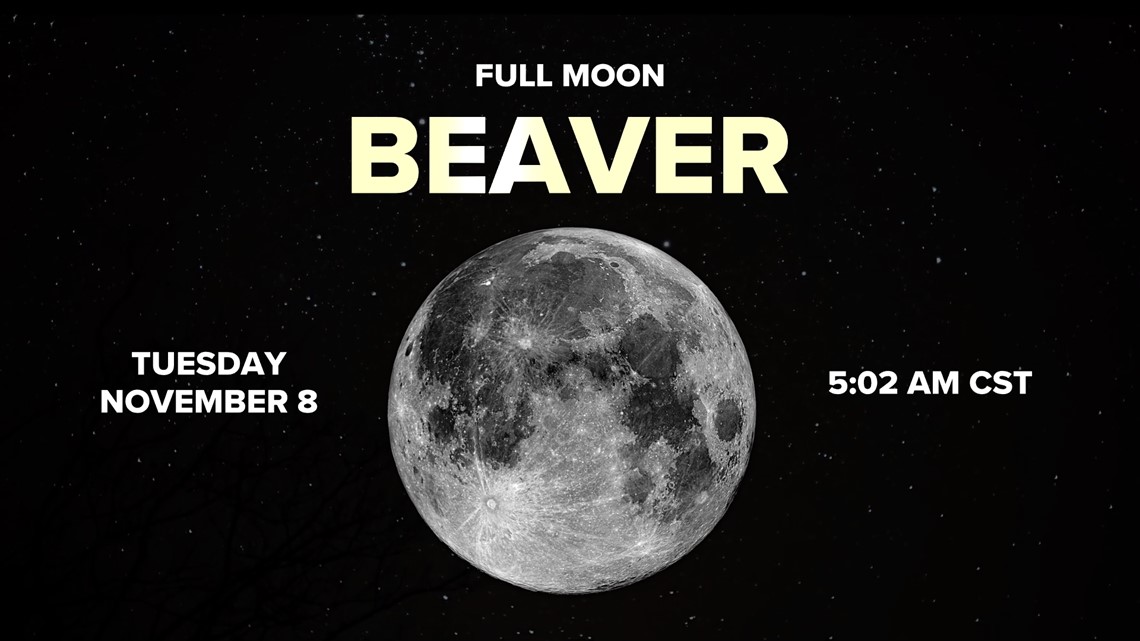
TOTAL LUNAR ECLIPSE
Not only will the moon be full, but the it will get completely eclipsed in the early morning hours across the United States.
Early in the morning, the moon will darken from left to right. Eventually before turning completely dark, the moon will fully appear a burnt-orange color. Totality will occur at 4:59 AM Tuesday morning (November 8th), according to NASA.

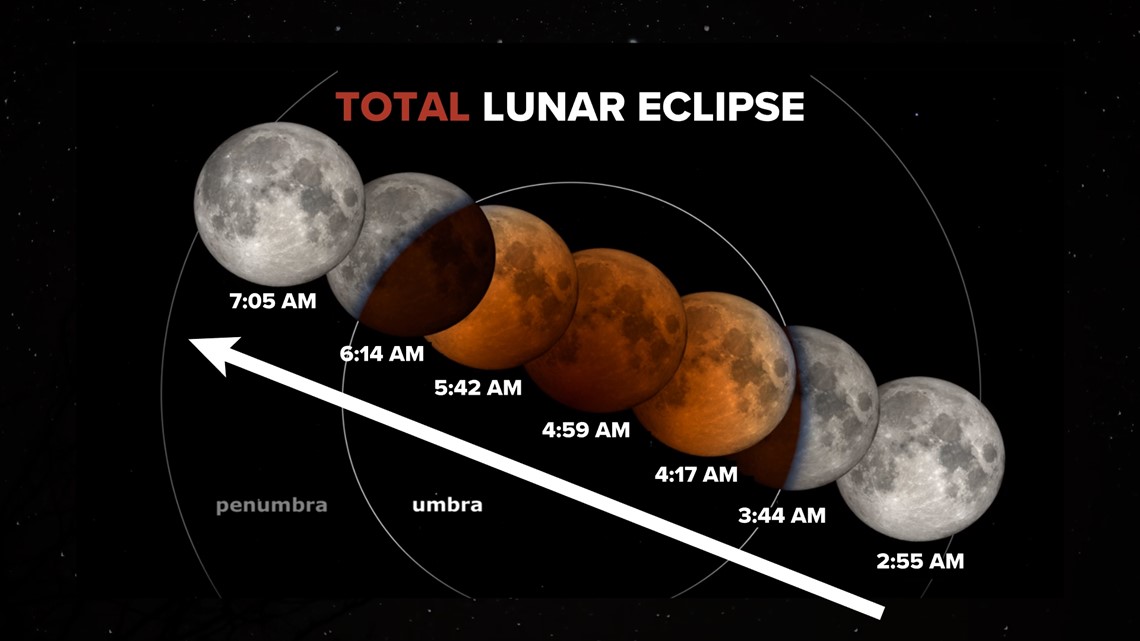
Near or just before sunrise (depending on location), the moon will darken again and then slowly become white again from right to left before setting in the eastern sky.
Why does it turn red?
The moon is eclipsed by the earth itself. The earth will temporarily block the sun's rays from hitting the lunar surface. Around the edge of the earth, the atmosphere will scatter all blue light, so the only light coming from around the globe will be reds and oranges, which is the color cast onto the moon.
WHO WILL SEE THE LUNAR ECLIPSE?
All Americans should be able to see the lunar eclipse, depending on cloud cover. However, those who live near the Atlantic Ocean will start to see the sunrise as the moon is wrapping up it's eclipse. The rising sun will start to mute the phenomenon. Places west of the Appalachians should have decent viewing all morning long before sunrise.

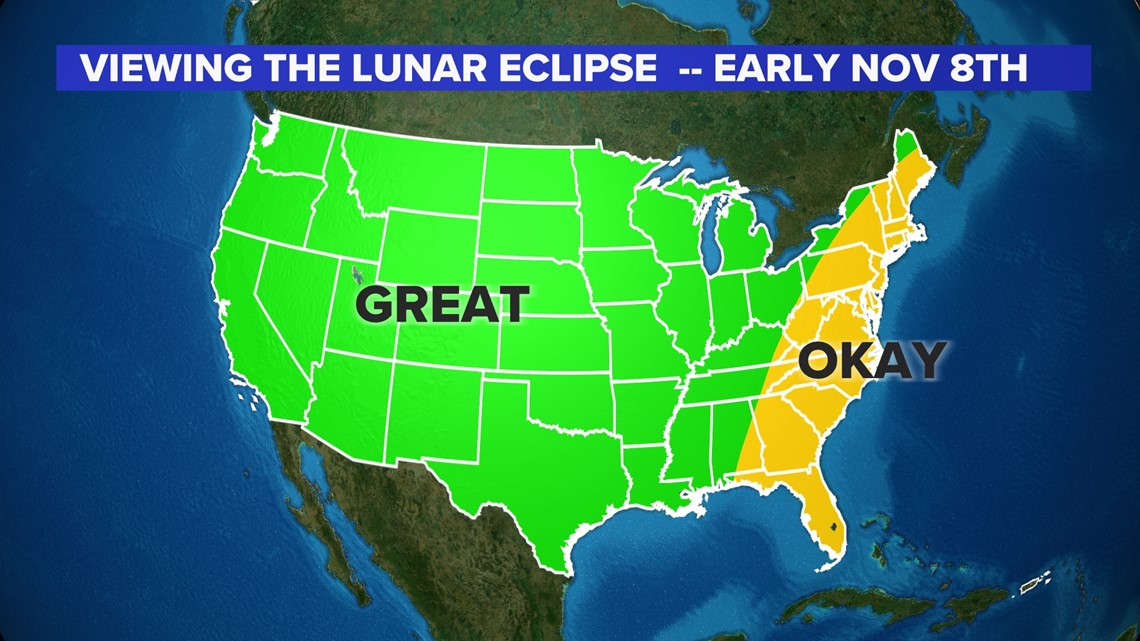
WHAT DOES IT LOOK LIKE FROM THE MOON?
The view would be incredible from the lunar surface. This mock-up from NASA shows that from the moon, the earth would look like it's on fire around its edges.


LEONID METEOR SHOWER
The annual Leonids peak in mid-November. They meteor shower will peak just midnight as the Leo constellation rises above the horizon. Expect 10-20 shootings stars per hour. According to NASA, the moon will be 30-40% full, which may drown out fainter meteors.
- Peak: November 17th and 18th at night after midnight


WHERE TO LOOK FOR THE SHOOTING STARS?
The Leo constellation is the radiant of the meteor shower, or the origination point of the shootings stars. Leo will rise in the eastern sky just after midnight and drift up almost directly to the top of the sky by sunrise.

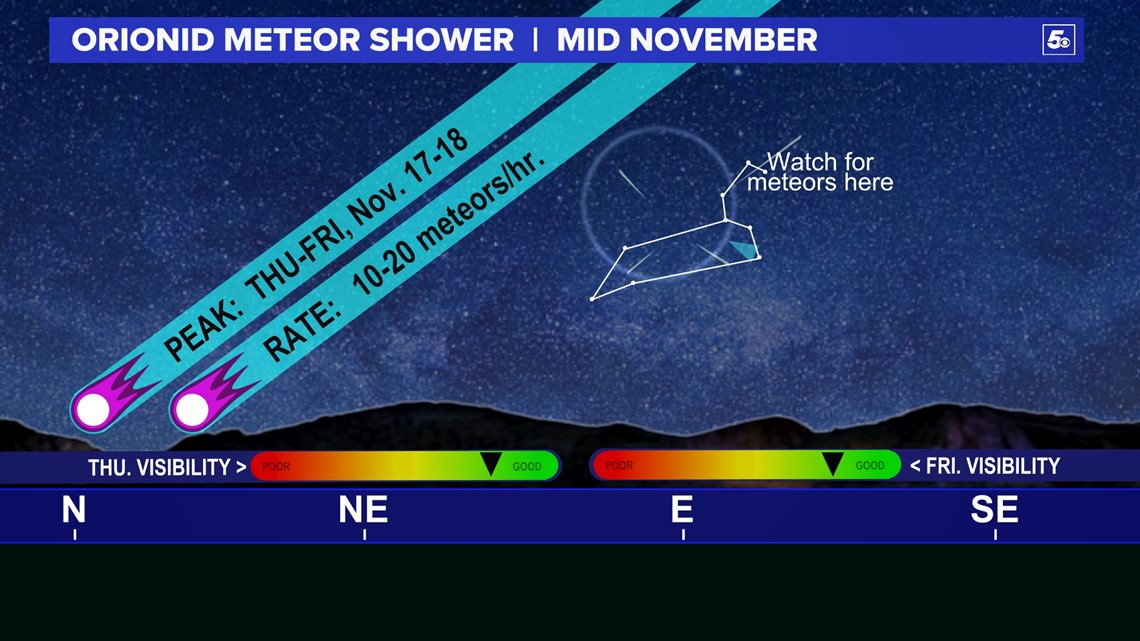
-5NEWS Chief Meteorologist Matt Standridge

